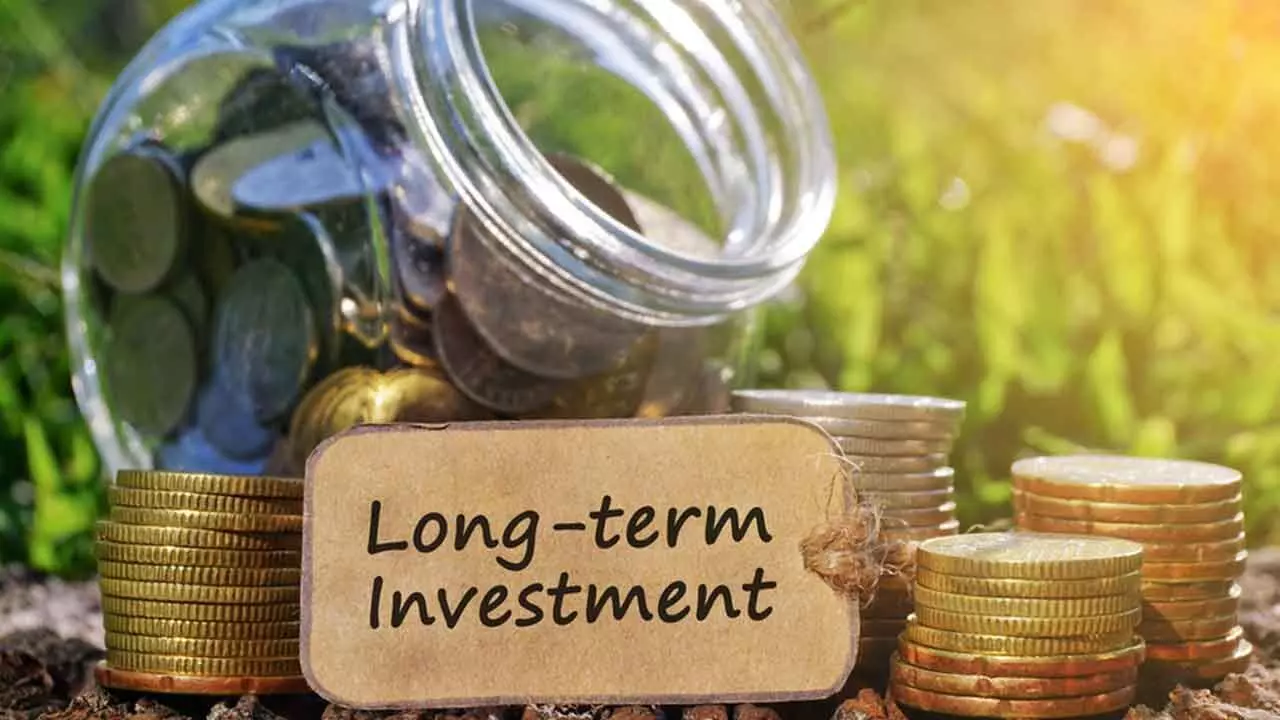How Long Is The Long Term In Investment?
The volatility or impact of extremes is nullified as the tenure of investment is increased, providing for a higher incidence of bigger returns
How Long Is The Long Term In Investment?

Arguably, the most cliched word in investing is long term. Investors to advisors to fund managers, everyone uses this extensively to express their opinion about investing. Many investors don’t understand when they say or listen to it while the rest perhaps don’t even care. There’re of course, a lot of variations of what forms a long-term for investors and advisors alike.
The logical reason being difficulty to project such long periods of say 25-30 years into the future and guestimate what cash-flow requirements would crop up. At times needs like children education with 15 to 18year horizon gets under the skin of the investors partly because they’d experienced it or could be able to relate. But the real pain is in the retirement planning where the tenures and quantum are long and high respectively.
At times investors confound themselves with planning to invest in a Systematic Investment Plan of a mutual fund (MF SIP) as long term because it’s being invested for five years. However, if we were to closely observe, even after a five-year tenure, not even about half of the investment has been exposed to the market for three years. Usually, if for an equity cycle to complete, could take about 7-8 years, then the said investment wouldn’t probably have stayed invested for just half that period.
We’ve witnessed a tremendous increase in the awareness of investing through MF and has now become one of the fastest growing financial instruments for Indian households. As more and more investors swoop over this avenue, especially since the pandemic, it’s important for us to understand what to expect from it. So, how long is long in investing then, particularly in a MF SIP.
Ideally, any investment should be linked or tied to a goal and its timelines. Accordingly, the choice of investment could be arrived and pursued. But, a raw data and analysis of the markets by WhiteOak Capital since Sept 1996 till Aug 2024 reveal that a monthly rolling XIRR for BSE Sensex TRI indicate that investments through SIP of 8 years and over has yielded 100 per cent occurrence of positive returns. The maximum return stands 40.8 per cent per annum while the minimum at just 1.4 per cent with an average return of 16.2 per cent.
The 5-year SIP has fared better than a 3-year period with an average return of 15.3 per cent vs 13 per cent, the chances of positive returns also bested at 92 per cent vs 84 per cent. As the time horizon increased, even though the average return plateaued, the minimum return began to improve. It’s 4.6 per cent for 10-year, 6.2 per cent for 12-year and 7.4 per cent for 15-year tenure. The average returns during the periods respectively are 15.6, 14.6 and 14.3 per cent. This also shows that the volatility or impact of extremes is nullified as the tenure of investment is increased, providing for a higher incidence of bigger returns.
Also, there’re investors who would go down to micro-manage the investment in trying to time it appropriately i.e., by picking the right SIP date would find the data disappointing. A ten-year daily rolling return (XIRR) for each date of a month on BSE Sensex TRI has shown to have returns between 15.56 and 15.63. It means the deviation of return over 10-years stands at 1.25 per cent on the higher side by opting to choose the best date in a month.
Though the comparison is meant to reflect how the longer the tenure offers better returns, it’s not a recommendation to consider a SIP for 8-year period, the takeaway is that longer the beneficial for the investor. And yes, the other common perception of looking for the long-term means sacrificing or thoughtlessness for the shorter period, meaning ignoring the short-term. No, that’s not what I meant but avoiding the impulse to act in the short-term could be critical.
This could be achieved by asset allocation i.e., having a proportion of various assets reflecting the risk profile of the investor and/or by culling down on riskier assets as they near to the goal. So, a bit of active management in the asset allocation towards the goal timelines by moving the gains to a relatively safer investments help investors to retain the gains while pursuing the goals.
(The author is a co-founder of “Wealocity”, a wealth management firm and could be reached at [email protected])

